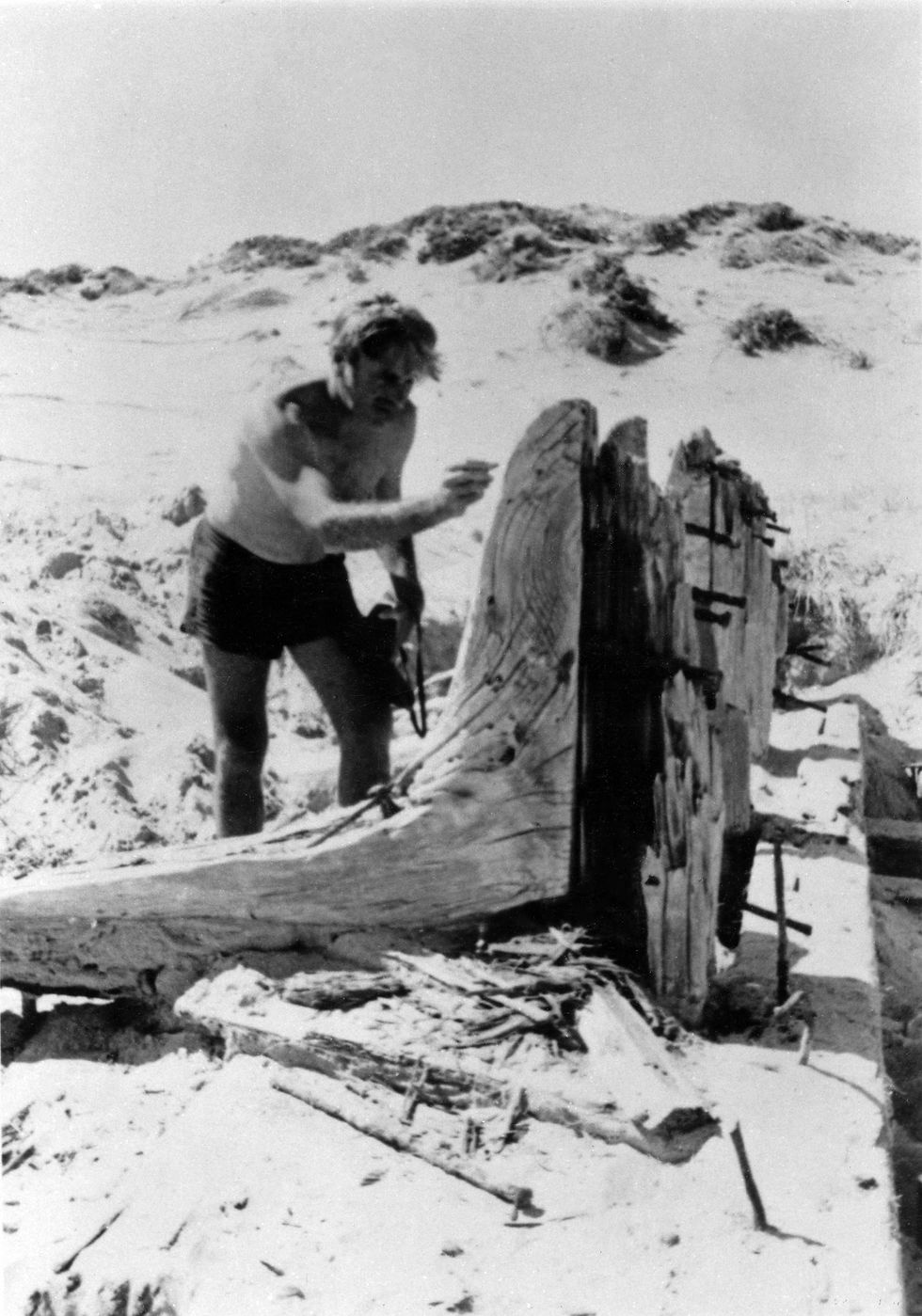The Knees of Ships
- Steve Reynolds
- Jan 7
- 2 min read
According to Wikipedia, “In woodworking, a knee is a natural or cut curved piece of wood. Knees, sometimes called ship's knees, are a common form of bracing in boat building.”
Adrian Brown sent us the following photos, thought to be of the knees of the Kona, which was wrecked between Scraper Shoal and Backstairs Passage off Cape Saint Albans, Kangaroo Island, on 3rd February 1917.

The Kona broke up badly and wreckage from the wreck became spread over a large area, including Kangaroo Island, Yorke Peninsula and the Coorong.

According to SHIPWRECKS - View, "The Kona was a four masted wooden schooner and at the time of loss was owned by Hind, Rolph and Company. The vessel was built at Alamedo, California by Hay and Wright. The Kona was 670 tons with a length of 184 feet (56.08m), breadth of 38.5 feet (11.73m) and depth of 14 feet (4.27m)."
I wrote More About The (Scattered) Wreck Of The Kona in 2009.

According to Oxford Reference, the knees of a ship are “A right-angled timber or metal bar used for strengthening and for support at the points of intersection of ship's timbers in a wooden ship.

“They are of various kinds, such as a hanging knee, which fits vertically under a deck beam and supports its ends; a lodging knee, which is fixed horizontally between the forward side of a beam and the ship's side; a bosom knee which performs the same purpose on the after side of a beam; and a carling knee, which strengthens the right angle between a carling and a beam.

“Knees of ships' boats, which support the thwarts, or in small sailing craft, which support the deck beams, are preferably fashioned from naturally grown timber in which the grain of the wood follows the right angle round.

“In the days of sail trees used to be artificially bent during growth to provide knee-timber for shipbuilding.”



(All photos courtesy of Adrian Brown.)




Comments